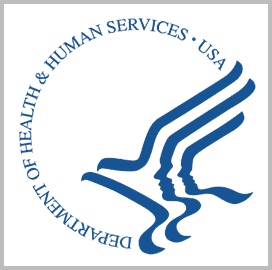
Department of Veterans
Affairs
VA Uses Predictive Analytics for Suicide Prevention
The Department of Veterans Affairs is using predictive analytics to identify veterans who are at the most risk of committing suicide.
Speaking at a recent ACT-IAC summit, Matt Miller, VA’s national director of suicide prevention, touted the agency’s REACH VET system, which helps identify patients who might be approaching a crisis point.
According to Miller, REACH VET examines over 100 variables and yields results that indicate the highest level of risk within the Veterans Health Administration, GovernmentCIO Media & Research reported.
VA is currently refining the system to improve its suicide prevention efforts. The system upgrade requires VA providers to draw a wealth of data that would provide an accurate portrait of a veteran’s mental health without violating basic privacy.
Brian Marx, deputy director of the behavioral science division of VA’s National Center for PTSD, told attendees at the summit that identifying the driving factors behind suicide is important when collecting data.
VA caregivers are now paying closer attention to warning signs that could be indicative of imminent suicide.
Shauna Springer, a former psychologist within VA and chief psychologist at the Stella Center, considers telltale signs like taking pets to a no-kill shelter or checking into hotels as useful data that could help prevent suicide attempts.
In addition to relying on predictive analytics, the VA is expanding clinical support to ensure veterans have access to VA care.
The agency has placed increasing importance on bringing veterans into its care networks as a majority of veterans who die by suicide either did not have access to or chose not to receive VA care.
Springer noted that 14 of 20 veterans who die by suicide were not engaged in VA care.

Category: Federal Civilian




